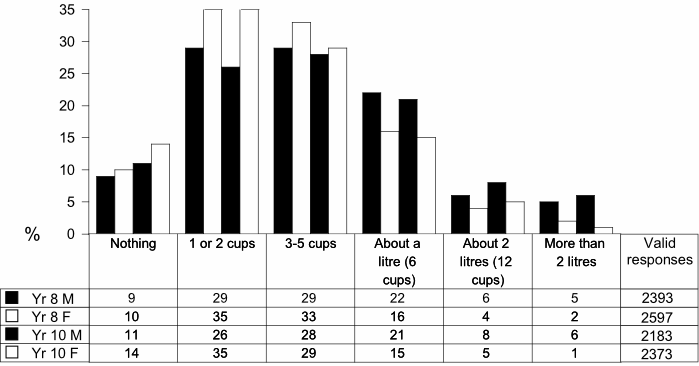Understanding the average size for a 14-year-old boy is a topic of interest for many parents, educators, and healthcare professionals. This article delves into the most current data and trends for 2024, providing an in-depth analysis to help you understand what to expect during this pivotal stage of development.
The teenage years are a period of significant growth and change. For boys, 14 is a critical age where they experience rapid physical development. Parents and guardians often wonder about the average size for a 14-year-old boy to ensure their children are growing healthily. This article aims to provide clear, accurate, and up-to-date information on this topic, covering various aspects of growth and development.
Key Takeaways
- The average height for a 14-year-old boy is approximately 64.5 inches (163.8 cm).
- The average weight for a 14-year-old boy is around 112 pounds (50.8 kg).
- Growth rates can vary significantly due to genetics, nutrition, and overall health.
- Puberty plays a significant role in the physical development of boys at this age.
Explaination
Parties Involved: Specific Details and Background Information
The primary individuals involved in understanding and tracking the average size for a 14-year-old boy include parents, pediatricians, educators, and researchers. Parents and guardians observe their child’s growth and often consult with healthcare providers to ensure their child is developing normally. Pediatricians use growth charts and other tools to monitor and assess a child’s growth patterns. Educators may also play a role by noting physical development in school settings, which can affect a child’s social interactions and self-esteem.
Timeline of Events: Important Dates and Milestones
Growth patterns for boys typically follow a predictable timeline, although individual variations are common:
- Birth to Age 2: Rapid growth occurs, with boys gaining significant height and weight.
- Age 2 to 10: Growth continues at a steady pace, with annual increases in height and weight.
- Age 10 to 14: Puberty begins, leading to accelerated growth. Boys may experience growth spurts, often growing several inches within a year.
- Age 14: This is a peak period for growth, with many boys reaching or nearing their adult height.
- Age 15 to 18: Growth slows down and eventually stops as boys reach their final adult size.
Impact
The physical development of a 14-year-old boy can have significant impacts on various aspects of life:
- Personal Life: Boys at this age may become more self-conscious about their bodies, comparing themselves to peers. This can affect their self-esteem and social interactions.
- Academic Performance: Physical changes can influence concentration and performance in school. Boys who are either smaller or larger than their peers may face different social dynamics.
- Sports and Physical Activities: Growth spurts can enhance performance in sports, but can also lead to coordination challenges. Boys may need to adjust to their rapidly changing bodies.
Media Reaction: Examples of Significant Coverage
The media often highlights the importance of proper nutrition and regular health check-ups during the teenage years. Public health campaigns may focus on educating parents about the normal variations in growth patterns and the importance of supporting healthy lifestyles. Some significant media coverage includes:

- Health Magazines: Articles on adolescent growth and development, featuring expert advice from pediatricians and nutritionists.
- Television Programs: Segments on morning shows discussing teenage health, with tips for parents on managing growth spurts and puberty-related changes.
- Online Platforms: Blogs and forums where parents share experiences and seek advice on their children’s growth and development.
Future Prospects and Upcoming Plans: Detailed Insights
Understanding the average size for a 14-year-old boy is an ongoing process, with future research likely to focus on:
- Genetic Studies: Investigating the genetic factors that influence growth patterns and how they interact with environmental factors.
- Longitudinal Studies: Tracking large groups of boys over time to gain a deeper understanding of growth trends and variations.
- Technological Advancements: Utilizing new technologies, such as wearable devices, to monitor and analyze growth in real-time.
- Health Education Programs: Expanding initiatives to educate parents and children about healthy growth, nutrition, and physical activity.
In summary, the average size for a 14-year-old boy can vary widely due to a range of factors, including genetics, nutrition, and overall health. On average, a 14-year-old boy stands around 64.5 inches tall and weighs approximately 112 pounds. Understanding these averages and the factors that influence them can help parents and guardians support their child’s healthy development. As we move forward, ongoing research and technological advancements will continue to provide valuable insights into adolescent growth patterns, ensuring that each child has the best opportunity to thrive during these formative years.


